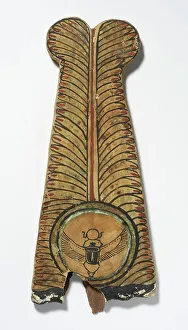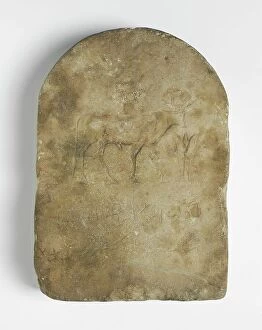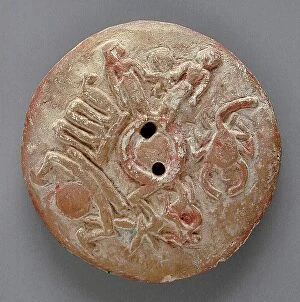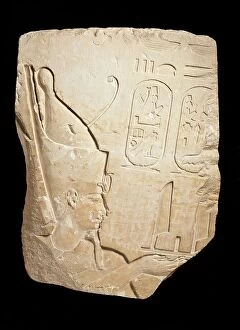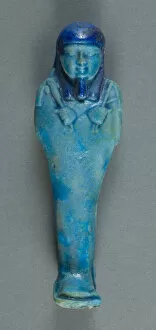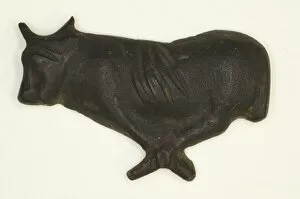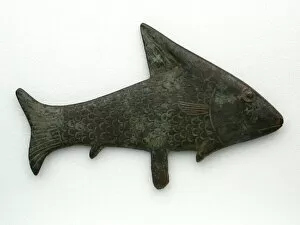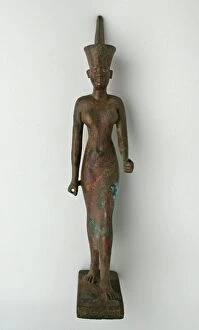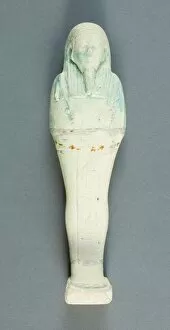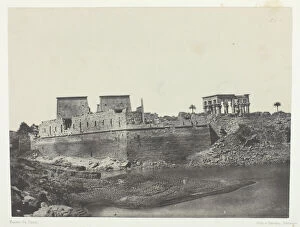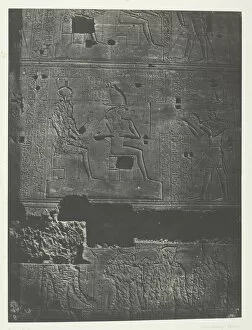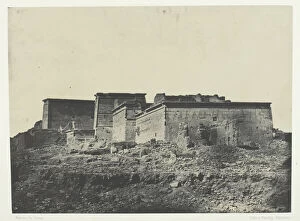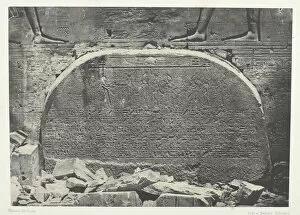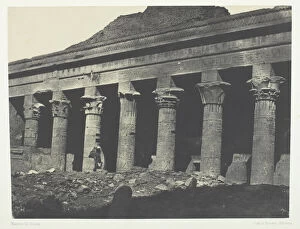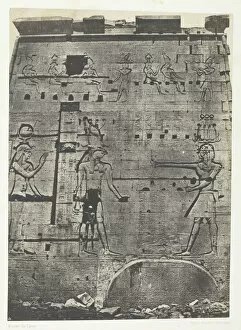30th Dynasty Collection
The 30th Dynasty of Egypt, also known as the Late Period, was a fascinating era filled with intricate artifacts and mysterious creations
All Professionally Made to Order for Quick Shipping
The 30th Dynasty of Egypt, also known as the Late Period, was a fascinating era filled with intricate artifacts and mysterious creations. Among them are the Shabtis, small figurines believed to serve their owners in the afterlife. These Shabtis were intricately crafted by unknown creators during Dynasty 30 (380 BCE-343 BCE), showcasing their skill and dedication. One such example is the Ushabti of Horudja, a funerary figurine from this period. Its delicate features and craftsmanship reflect the artistry of its time. Another captivating artifact is the Amulet of Two Fingers, dating back to Dynasty 26-30 (664-332 BCE). This amulet holds an air of mystery as its creator remains unknown. Intriguingly, a foundation deposit discovered from Dynasty 25-30 (780-343 BCE) reveals a bound ox symbolizing prosperity and stability for ancient Egyptians. It serves as a testament to their beliefs and rituals during this period. Depictions of deities were also prevalent during this time. The Statuette of Osiris Seated portrays one such god in all his regal glory. Similarly, the Statuette of Neith showcases another powerful goddess revered during both Third Intermediate-Late Periods. Not limited to gods alone, animals held significant symbolism too. A statuette depicting a Lepidotus Fish provides insight into ancient Egyptian fascination with aquatic lifeforms. Scarabs were popular amulets during various periods in Egyptian history; two examples include hieroglyphic inscriptions representing concepts like motherhood or beauty (mwt-sign), goodness or perfection (nfr-signs), and knowledge or wisdom (di-sign). A scarab featuring Ma'at alongside hieroglyphs represents balance and justice—a concept deeply ingrained in Egyptian culture throughout different dynasties. Meanwhile, another scarab displays symbols like cobra, owl, and a mysterious sign (sDm.

